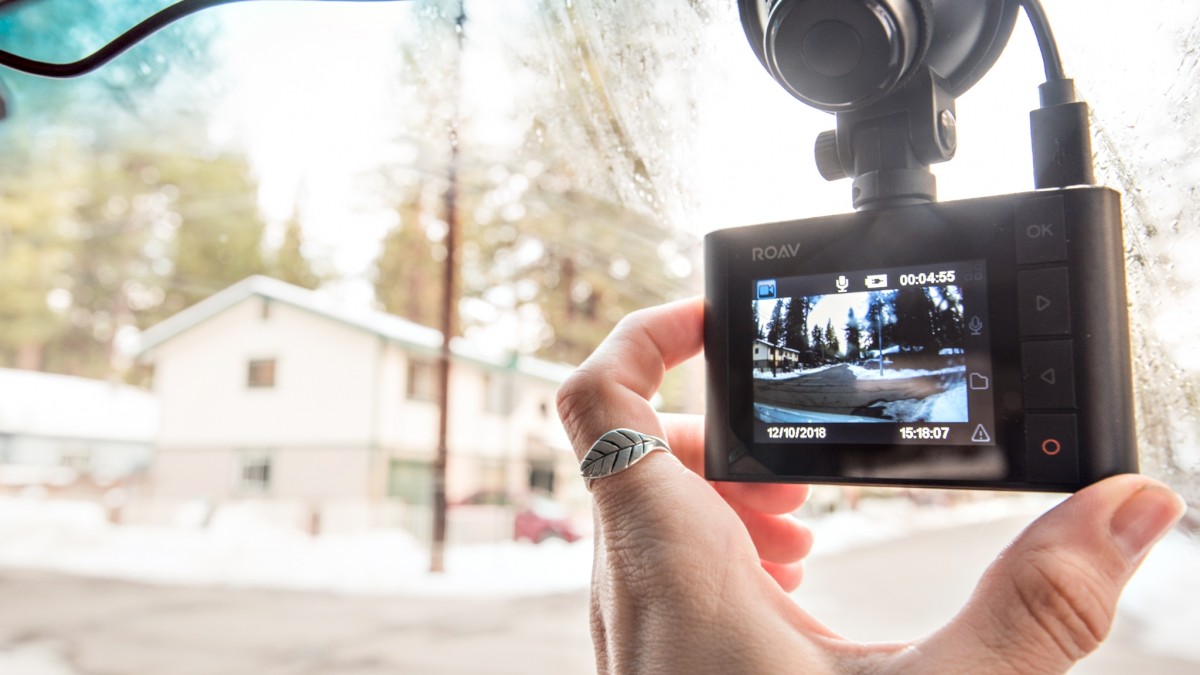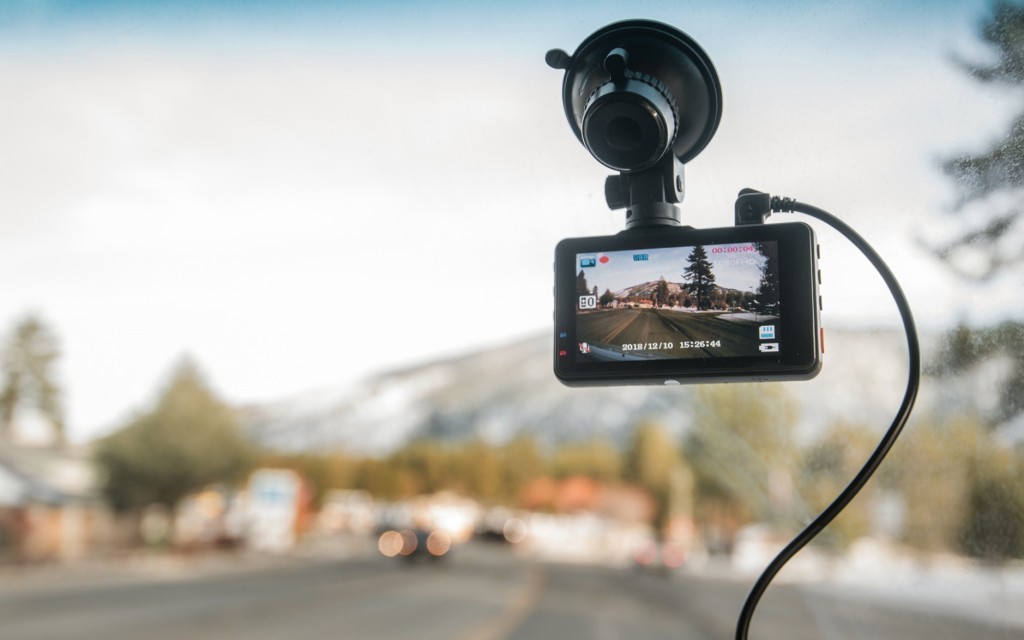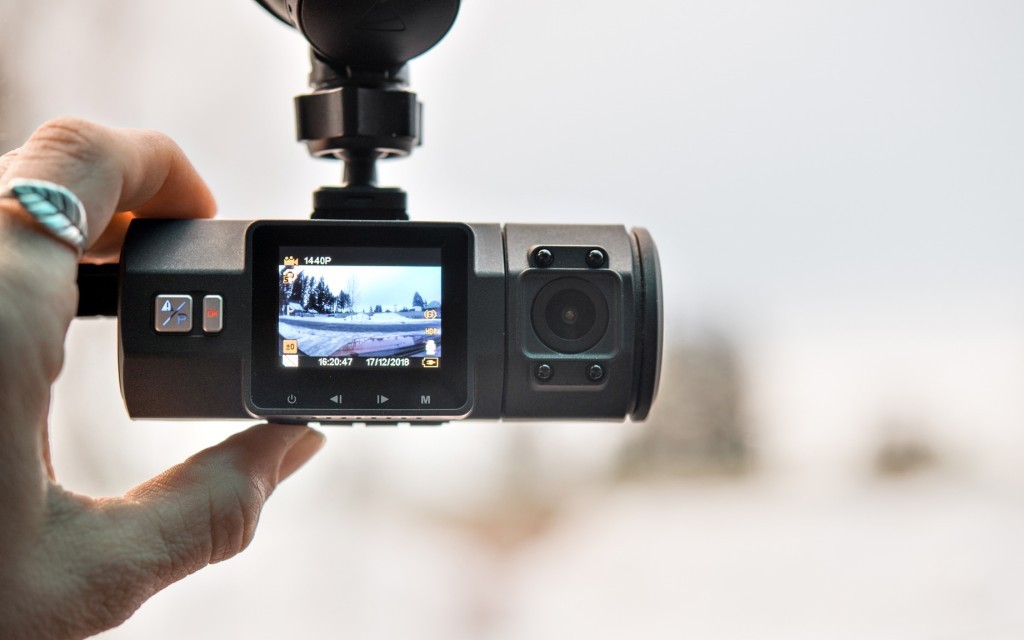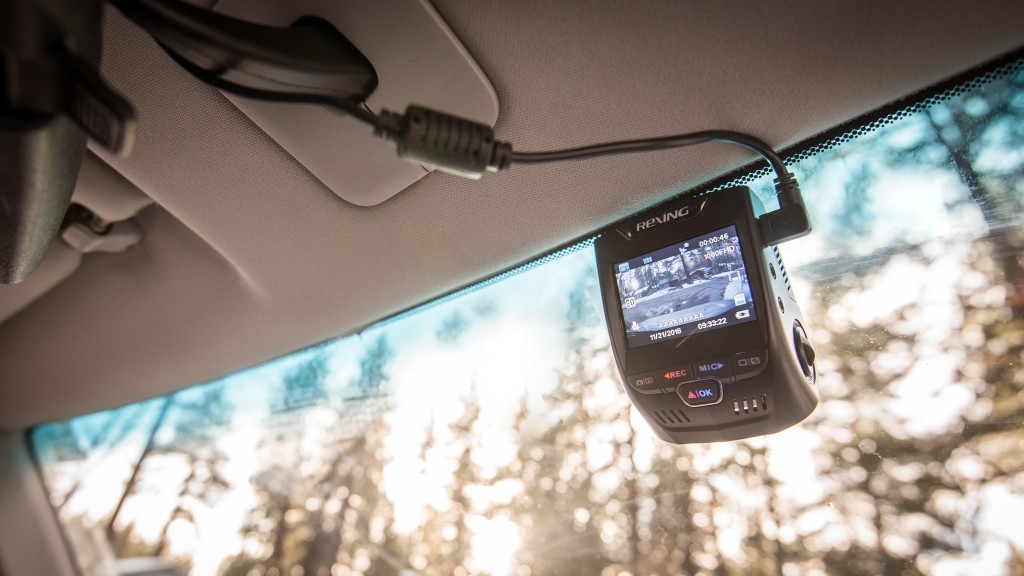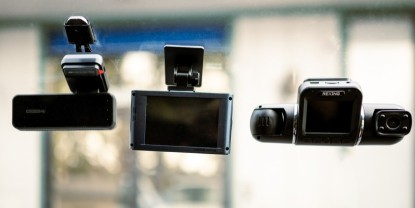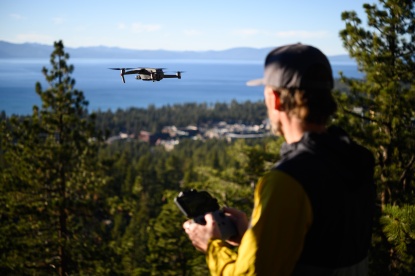Dashboard cameras can, at the best of times, capture something incredible that you otherwise may not have recorded (remember the Chelyabinsk meteor in Russia that was captured on film thanks to the popularity of dash cams in that area?) In a more unfortunate turn of events, these cameras can capture footage of an accident or encounter that you would like to have a record of for potential legal reasons. It is important to note that sometimes video is not enough evidence in a court of law. Regardless of whether you are looking into these dash cams for business, pleasure, or both, we can help you find the right model. To that end, we've put together a step-by-step guide for figuring out what you should be looking for in a digital driving documentarian.
Step 1: Who Could Benefit From a Dash Cam?
Likely the most common group of people that can derive some value from a dashboard camera are those that are looking to ease their mind if they find themselves in a vehicle-related lawsuit. If you end up in a fender bender or worse, having footage proving your innocence can be key in avoiding any legal damages, and in reaping the proper compensation from your insurance company or the insurance company of the party at fault. If you live in a very rural area the lower risk of such an occurrence may not warrant the investment in a dash cam, but if you live in a city full of distracted drivers and pedestrians that are constantly causing you stress, one of these cameras may be able to alleviate at least some of that worry.
A growing group of people that rely on footage of their driving and of what's happening inside their cars is rideshare drivers. Whether you're driving for Uber, Lyft, or another rideshare program, a dash cam can help protect you from some of the liability associated with using your personal vehicle as a taxi. Some models even have second cameras that can record the cabin of a vehicle.
Another group of people that may like to have a camera semi-permanently installed in their car are those that want a record of their scenic cruises, or that often are met with looks of disbelief when sharing the crazy thing that happened on their commute.
Step 2: Do You Need a Rear Camera?
Many models offer a second camera that points to the rear of the car. Often these cameras can double as a backup camera. If you've already decided to get a dash cam and always get stressed by your car's blind spot when you put it in reverse, this is a worthwhile addition. However, if you're mostly looking for something that can prove your innocence in an accident, a rear camera is less likely to be useful than a front-facing one. That is because most accidents that damage the rear of a car are not considered the fault of that driver. For example, drivers that get rear-ended are rarely considered at fault for the accident, simply because the onus is on the driver behind to pay attention to the road in front of them and stop in time. That isn't to say a rear-facing camera couldn't provide valuable footage from an accident, like if a car hit you from behind and you hit the car in front of you, but we would consider it less valuable than a front-facing camera.
Step 3: Do You Need to Record What's Happening Inside Your Car?
This is almost exclusively useful for rideshare drivers, as footage from inside the car can provide proof of any poor behavior from passengers that might bring negative consequences to yourself or your business.
Step 4: Consider Mounting the Camera
Most dash cams mount in one of two ways: via a suction cup on the windshield, or with an adhesive mount that can be glued to the windshield or dashboard. Suction cups tend to be much larger and can obstruct more of the driver's view, but can easily be transferred from car to car. They also tend to fall off in the presence of moisture or heat, depending on the suction's high quality. Remember that if you also use a car phone mount, you must be careful not to clutter your field of view.
Adhesive mounts tend to be much smaller, more discreet, and more reliable but can leave residue on the windshield if you ever decide to remove them, and can't move between cars (you'll have to buy a second mount if you want to move the camera between cars frequently).
Step 5: On-Camera Displays Are Useful
Almost all of the cameras on the market have some sort of attached display, but there are some exceptions. Overall, we think these displays are very useful. Not only do they let you quickly check that the camera is oriented correctly, but they also let you change settings and review or manage footage without hooking the camera up to a computer. You can certainly get by without one, but we think not having a display generally makes a camera a bit less user-friendly.
Step 6: Consider Field of View
Most cameras have a field of view of around 165°, which strikes a nice balance between being able to see much of the road in front of you without warping the picture too much. However, some cameras go much wider or narrower. Narrower fields of view lose much of the side view from the windshield but tend to register things in front of the car with a bit more clarity. Wider views can capture more area, but make it a bit less likely that you'll be able to make out the license plate number of the car ahead of you. You'll want to weigh how these pros and cons relate to your intended dash cam use.
Step 7: Consider Storage
Almost all cameras write their footage to a micro SD (secure digital) card, but some can accept larger cards than others. Most cameras record until the storage is full, and then automatically start overwriting the oldest footage to make way for the new. This is almost always done with the technique of loop recording, meaning the camera saves discrete video clips of a certain length. For example, if you have your loop recording clip length set to three minutes, the memory card is going to be filled up with a bunch of different files, all containing a three-minute video clip. Once the card is full, it will automatically delete the oldest three-minute clip to make way for a new one. Most cameras offer different options for loop recording clip lengths, ranging from 1 to 10 minutes.
Almost all cameras also have an accelerometer or G-sensor that can detect the sudden acceleration or deceleration inherent in a driving accident. When it detects a "driving event" it will then put the current video clip into a separate folder where it will be protected from being overwritten.
You'll have to decide what loop recording clip length is right for you. Short, one-minute clips keep the memory card from filling up with clips of every time you stopped short at a stop sign. However, this also increases the chance that an event could occur 57 seconds into a clip, meaning most of the action is going to be contained in the next clip, which won't be protected from overwriting. Longer clips might fill up a memory card faster and could require you to do some clip management to free up space more often, but increase the chances that all of an accident will be encompassed in a single clip. While the length of protected clips is certainly a consideration, it won't matter too much if you're sure to offload and save the footage to a camera right after an accident, which is what most people are likely to do.
You'll have to consider how much footage you need to keep handy, and how often you'll be offloading footage that you want to save when deciding how much storage you need from your dash cam. For reference, most cameras fill up an 8GB memory card with about an hour of 1080p footage, or about three hours of 720p footage.
Step 8: Do You Need Any Special Features?
In general, we don't find the extra bells and whistles offered by some cameras useful, but in some instances, they may improve your dash cam experience.
Lane Departure Warnings
Some models can use their cameras to warn you when you're drifting out of your lane, or even warn you of red lights up ahead. However, we generally found these features to be less reliable than the versions that come built-in to newer cars, and they didn't inspire much confidence during our testing. It certainly can't hurt to have these features, but they aren't on our list of reasons to consider buying a dash cam.
Parking Surveilance
Some models use an internal battery to monitor the motion sensor while your car is parked, ideally springing to life if someone tries to break into the car. However, unless you have ideal temperature conditions or add in an extra external battery, it's unlikely the battery will last long enough for times when a feature like this would be useful (i.e., leaving your car in an airport parking garage for a week). Also, we found the triggers for these cameras to be unreliable when in parking surveillance mode, and it is quite unlikely that any footage of a thief will lead to you being reunited with your belongings.
Associated Apps
Some cameras can beam short segments of footage straight to your phone. If you're going to be constantly sharing clips of your drives with friends, this can be quite a useful feature. For those that just want to have the footage in case they get into an accident, pulling the SD card and plugging it into a computer isn't going to be inconvenient.
GPS
Unless your dash cam is part of a larger system that can provide turn-by-turn directions, all that GPS will do is record the coordinates where the video is being captured. While that information can be useful in some circumstances, it generally won't add any value to your dash cam use.
Conclusion
Most dash cams are very similar, but there are subtle differences that can make some much better for specific uses than others. We hope this guide has helped you narrow the field of dash cameras you're considering and helps lead you to a product that you'll be pleased with.

